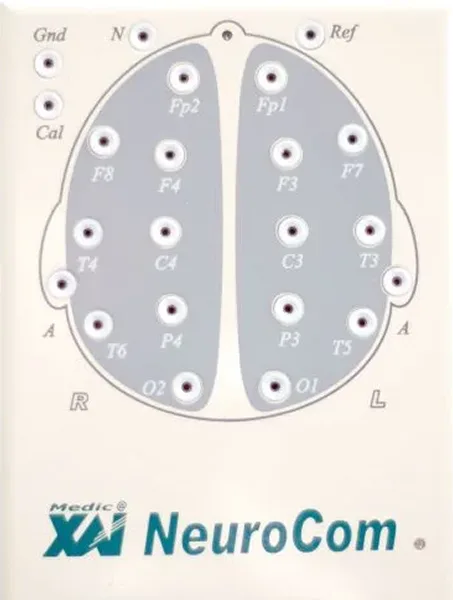Building High-Performance Medical Diagnostics Software for Real-Time Signal Analysis
Client background
Our client is one of the leading medical technology companies in Ukraine, specializing in functional diagnostic systems. Their product line includes Electroencephalography (EEG), Electrocardiography (ECG), Fetal and Holter ECG monitoring, Rheography (REG/ICG), and Spirometry (SPR) systems — all designed to provide precise, data-driven insights for clinicians. Their products combine multi-channel biosignal acquisition, advanced signal processing, and automated report generation.
Business challenge
The company sought to develop a suite of desktop applications — including NeuroCom (EEG), ReoCom (REG/ICG), and SpiroCom (SPR) — that could deliver deep signal analysis and maximum computational efficiency on standard Windows-based computers, even on older or low-spec machines.
Main Objectives
- Real-time multi-channel data acquisition and visualization
- High-throughput post-processing and analysis pipelines
- Stable operation and guaranteed data integrity on failure
- Cross-version Windows compatibility and intuitive UI for clinicians
How did we make it work?
We focused on efficiency, modularity, and low-level optimization. The core system is implemented in C++ with a modular architecture and a small, centralized application kernel managing dependencies. Performance-critical modules use hardware-optimized math libraries and multi-threading to accelerate signal processing while keeping memory usage minimal.
Architecture highlights
- Modular components with weak linking — load only what’s needed
- Application kernel for dependency orchestration
- Parallel processing pipelines for heavy numerical tasks
Performance approach
- Hardware-optimized math (IPP / ACML)
- Multi-threading with PPL / ConcRT and native C++ threads
- Immediate persistence to avoid data loss


Main technical challenges & solutions
Real-time registration & preprocessing

C++ applications typically interact directly with the operating system (handling files, networking, graphics, etc.), but browsers operate in a more secure and restricted environment. We had to rework significant portions of the code, and in some cases, remove native components entirely and replace them with JavaScript equivalents.
Post-processing & advanced analysis

C++ UI code—windows, buttons, dialogs—doesn’t translate to the web. We rebuilt the entire interface from the ground up using modern web technologies like HTML, CSS, and JavaScript.
Central data storage & secure exchange

WebAssembly doesn’t support native threading APIs like POSIX or Windows threads. Instead, it relies on Web Workers, which behave differently and introduce overhead. We had to adapt and rewrite the core’s multithreading and synchronization logic to work reliably within the browser environment.
User interface

Many native C++ libraries are not compatible with WebAssembly. To overcome this, we audited and replaced several dependencies with alternatives that function well in the browser context.
Value delivered by devPulse
- Consistent real-time performance on standard and legacy PCs (including dual-core machines)
- Robust data integrity with immediate persistence and fault-tolerant design
- Significantly faster signal analysis due to parallelized, hardware-optimized pipelines
- Modular architecture enabling rapid integration of new research algorithms


Development Timeline
2014 - 2018
Team Composition
- 3 developers
- 1 QA
- 1 PM
Technology
- ConcRT / C++11
- Microsoft PPL
- Intel IPP / AMD ACML
- DirectX (3D / Draw / Sound)
- XML / XSLT / XPath
- COM WDK / DeviceIoControl / FTDI
- SQL / Access DB
- LibCURL / OpenSSL
Location
Ukraine
Key Making a Difference:
- High efficiency on low hardware
Real-time performance without expensive equipment
- Secure & modern storage
Hybrid SQL + binary, XML/XSLT, encrypted REST
- Modular architecture
Load only active modules to save memory
- Clinical-grade analytics
ICA, 3D tomography, artifact removal
- Clinician-friendly UI
Tabbed MDI, docking, multi-monitor support
Vlad and the DevPulse team have been amazing to work with over the last couple of years. You'd be hard-pressed to find a more talented, trustworthy and hardworking group of professionals who are dedicated to delivering quality work, innovation and successful outcomes for the business. Their camaraderie and resilience is admirable. Highly recommend this team for any software and web development projects!

Request A Free No-Obligation Quote
By clicking "Send A Message", You agree to devPulse's Terms of Use and Cookie Policy.



